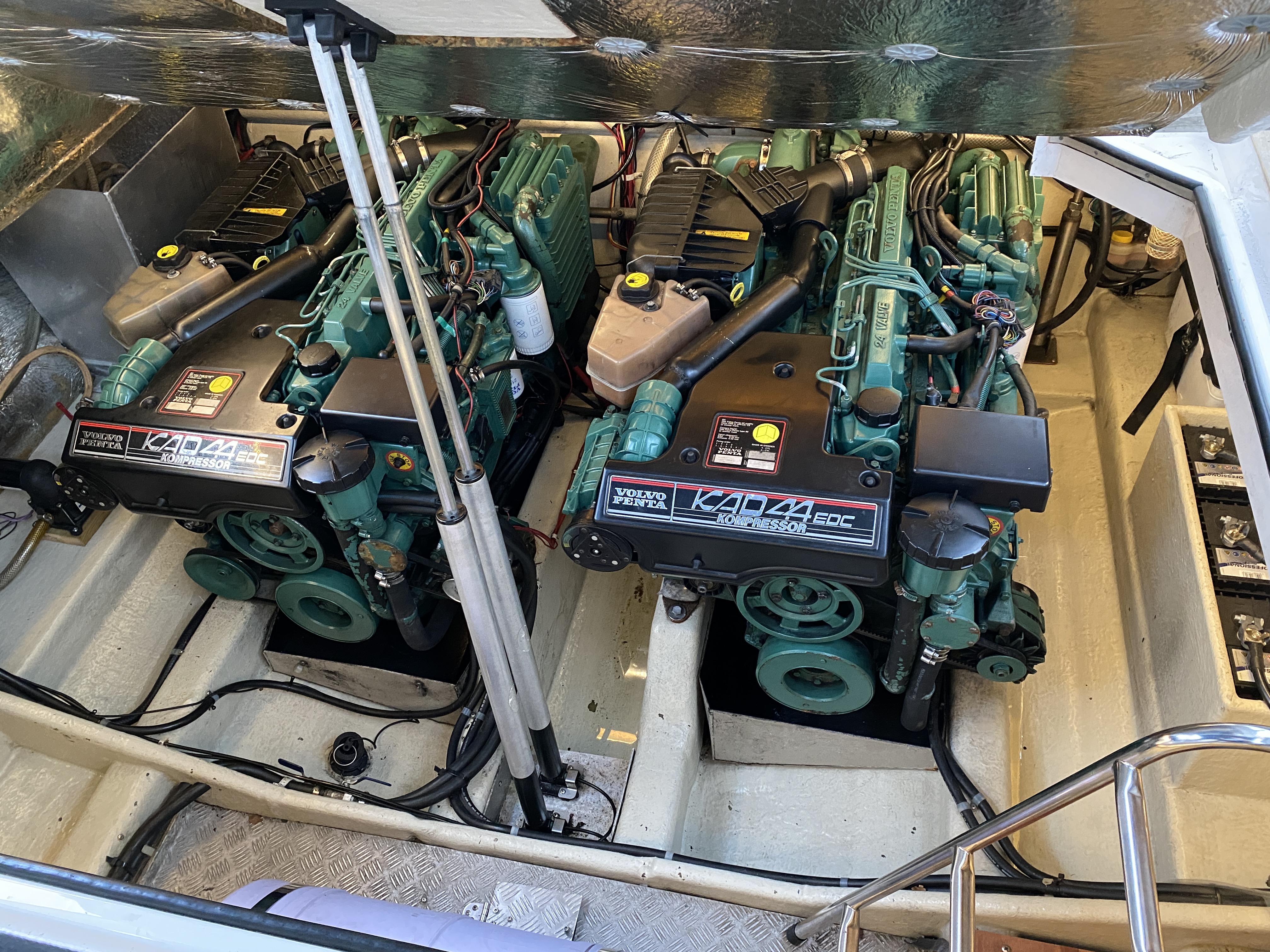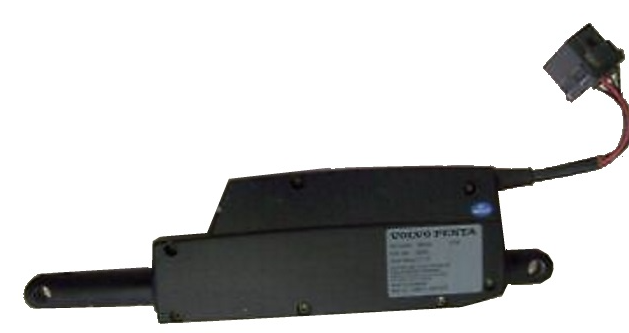© 2023 Kreativa. All rights reserved. Powered by JoomShaper
DISCLAIMER: I take no responsibility if you damage your own engine by following this guide. Good luck!

Gear servo/actuator trouble
Dismantle the actuator. When You get home, you open the actuator. Inside is a small electric motor, a threaded shaft, and a circuit board. When shifting into gear, the engine runs in one direction. Then the shaft becomes longer or shorter, which engages or disengages a gear. In order for this not to bind, everything is infected with lubricating grease. The problem is that there is a lot of grease. In my actuator there was grease on the circuit board, which is probably where the problems are.
There are four contacts on the circuit board that sense the position the shaft is in. These four contacts had plenty of grease on them. This can cause them to short out, or the mechanics to not work as they should. If two contacts are pressed at the same time, the actuator may think that both reverse and neutral are in at the same time and then respond with the error message Improper gear position.
The solution was to clean the inside of the actuator and replace the four contacts. Remove all excess grease. At the end I relubricated, but used fairly small amounts on the mechanical parts. Preferably a heat-resistant grease as it can get quite hot inside the actuator.
The contacts themselves were a little hard to get hold of. They are from the Cherry brand and you can clearly see the DB2 marking on them. Through contacts with Cherry Electronics in the USA, I found out exactly which contacts they were. In the middle are two pieces called DB2C-C1AA. On the sides are two DB2G-C1LBs. The difference between DB2C and DB2G is that DB2C can withstand higher temperatures. As DB2G was considerably more difficult to get hold of, I chose four DB2C. The difference between AA and LB is that the latter has two metal arms that perform the actual pressing of the contact. Again, the LR variant was hard to come by, so I moved the contact arms over from my existing switches. (This section may be a little convolutedly written, but if anyone opens their actuator, I think they'll understand.)
Bottom line, you can replace all four switches with DB2C-C1AA and transfer the metal contactors from your old switches. The switches can be ordered from Mouser, and then have the article number 540-DB2C-C1AA. I ordered them on Wednesday night and had them at my house on Friday. Impressive! The switches cost about NOK 50/piece incl. VAT, and the shipping was NOK 300. A total of about 300 kroner.
Then it was just a matter of removing the old switches and soldering new ones. Assemble everything and put it in the boat. All in all a fairly simple operation, but you should take pictures of the actuator before taking it apart so you know how to put it back together.
